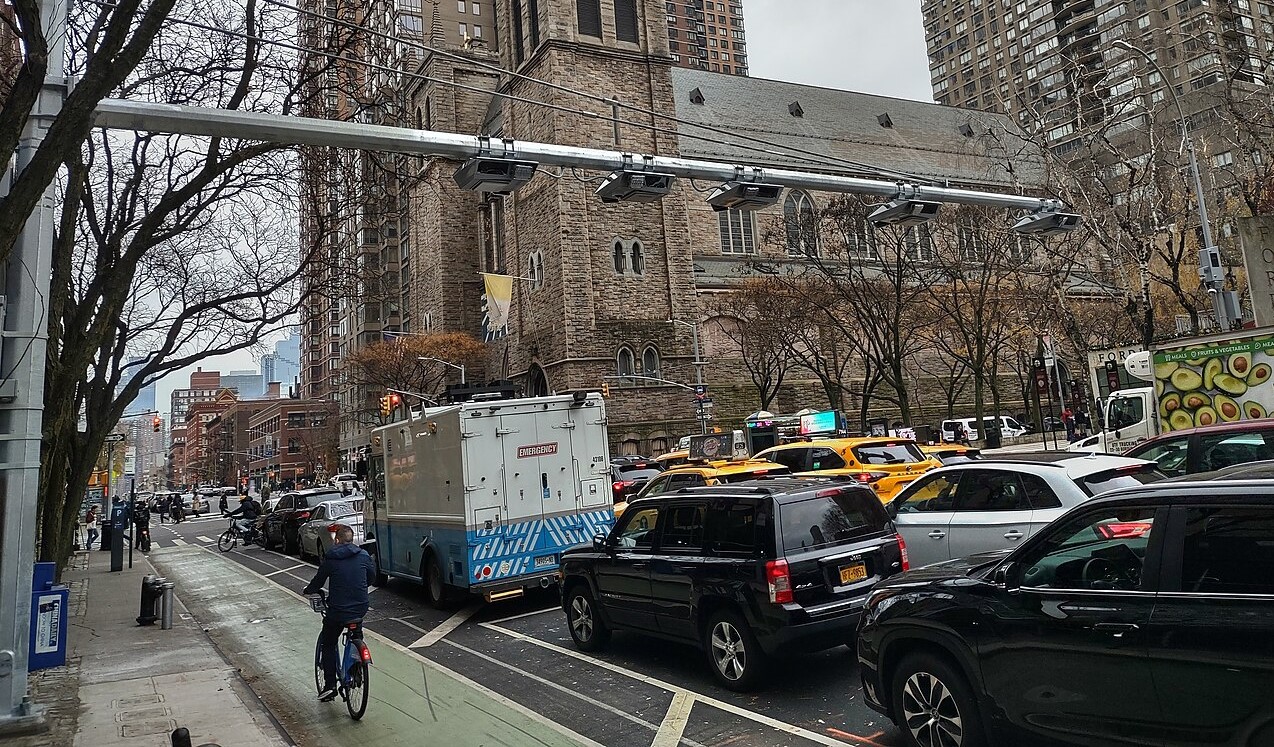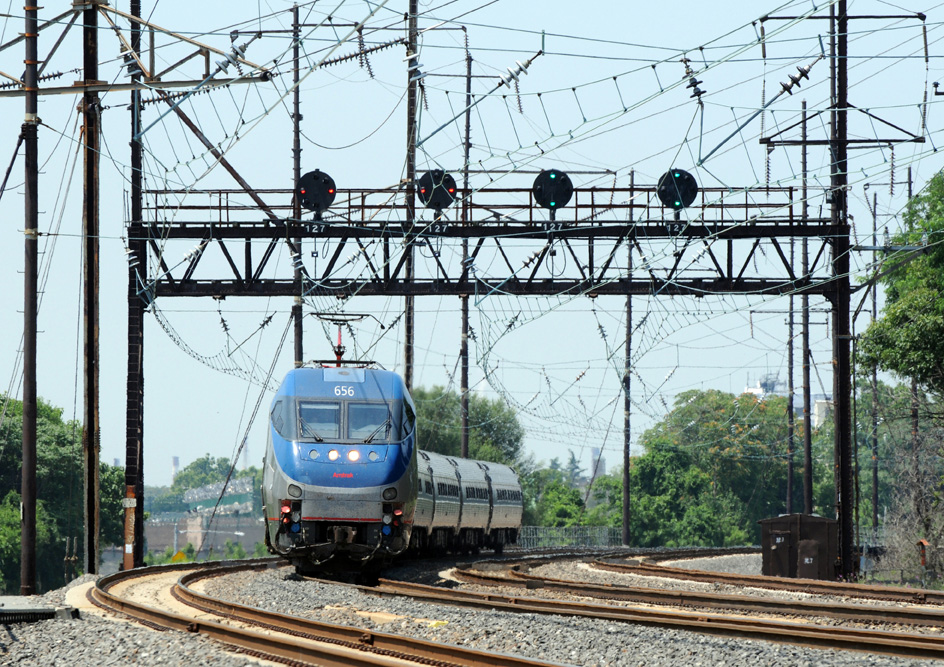A dollar won’t get you as far as it used to.Customers across the country were left in the lurch after Megabus, one of the nation’s most prominent low-cost bus carriers, canceled routes in multiple states two months after its parent company Coach USA filed for bankruptcy.On Aug. 15, Megabus announced that Peter Pan Busways would take over its service in New York City, Philadelphia, Washington, D.C., and Baltimore as well as dozens of locations throughout the Northeast. The next day, the transportation company ceased operations across five major cities in Texas while simultaneously discontinuing service between Atlanta and Washington D.C., according to a message on its website. Megabus also revealed Fullington Trailways would manage several routes throughout Pennsylvania.Customers who already purchased tickets on suspended routes received refunds, but had to find another way to get to their destination. In some pick-up locations, such as Midtown Manhattan, passengers encountered signs from Peter Pan with instructions on how to rebook a Megabus ticket on their site.Travelers have continued to scramble to look for affordable alternatives.At the end of August, for example, Destiny Canty visited Houston from Georgia and wanted to continue onto Austin but found that she couldn’t book a Megabus ticket there anymore.“Megabus actually does produce a resourceful way to get around, so when that actually stops or doesn’t work for us, it kinda inconveniences a lot of people,” Canty told Houston’s ABC 13.Houston transportation advocates say they have not received any communication from Megabus since its announcement, and another carrier hasn’t stepped in to replace the service. (Megabus and Coach USA did not respond to emails and a phone call about the change of service.)“Megabus was a staple for college students commuting from Houston to College Station and Austin and those visiting their families,” said Mustafa Tameez, a board member with Transportation Advocacy Group Houston. “We’ve seen everything from people sharing rides with each other to taking Southwest Airlines instead.”The disruption is the latest blow to a long-overlooked segment of the transportation sector that has failed to recover since the pandemic, been picked apart by private equity, and received little assistance from federal and state governments.After launching in April 2006 with daily routes in the upper Midwest, Megabus lured new riders with frequent express bus services and prices that started as little as $1. By 2011, the company served 16 million passengers in 70 cities across North America, which officials attributed to spiking gas prices at the time. That figure more than doubled to 35 million passengers and 120 cities in three years. By the time Los Angeles-based private equity firm Variant Equity Advisors purchased Coach USA for $271 million in December 2018, Megabus had served more than 60 million customers.But Megabus struggled to attract riders after travel evaporated during the pandemic. Coach’s commuter ridership fell 90 percent in 2020 and only bounced back to 45 percent of its pre-pandemic levels two years later. Coach had trouble paying down its debt while higher interest rates and fuel costs continued to squeeze the company.In addition, motorcoach bus companies requested $10 billion in COVID-19 aid from the federal government, but received only $2 billion, not much compared with the tens of billions of dollars that were doled out to the airline industry, Amtrak, and public transit agencies.Joseph Schwieterman, director of DePaul University’s Chaddick Institute for Metropolitan Development, said that Coach wasn’t willing to stick it out until its routes became profitable again. He also acknowledged intercity buses had few supporters on Capitol Hill which hampered the industry’s rebound.“So few lawmakers use the services, so they kind of conflate it with a public transit charter and they don’t mix with stakeholders often enough to feel vested in its future,” he said. “They don’t feel compelled to champion the industry’s needs and that’s a sore point for the industry.”Tameez agreed, saying that Megabus was rarely an option for business travelers who typically favor airlines.“It was more for everyday consumers and it hasn’t seen the bailouts or support because there isn’t an industry that supports it but it has a significant impact on people who have very limited options,” he said.But intercity buses have another growing problem — its stations are disappearing.A subsidiary of the private equity firm Alden Global Capital purchased 33 Greyhound stations in 2022, after Greyhound’s parent company sold its service to German bus operator FlixBus in 2021. Since then, Greyhound has shuttered its indoor waiting areas in Houston, Louisville, Richmond, Little Rock, and Charlottesville, and even closed Philadelphia’s Center City bus terminal. Instead, the company moved its bus pick-up and drop-off locations to parking lots, street curbs, and other areas that lack shelter.The move not only put Greyhound and Flix buses into more direct competition with Megabus, which often picked up customers from curbside locations, it soured some customers from using their services altogether.“They suffered from the neglect of bus stations,” Schwieterman said. “People didn’t want curbside pick ups anymore. When it started people were willing to give it a try but saw it was a downside. Sometimes curbside locations got worse with drop offs well outside of downtown transit hubs and they had concerns about safety at night.”Transportation advocates want federal and state government leaders to prioritize intercity bus service by increasing investment in the industry and planning transportation centers that serve buses as well as rail. That’s happening in Washington, D.C. where Union Station is undergoing a renovation that will triple the number of bus slips to accommodate more intercity and commuter bus service, in addition to Amtrak, the Metro, and five commuter rail lines.“You have to have the leadership in place to understand that for the future we must think of how we connect people by alternate forms of transportation to the destinations they need for their everyday lives,” said John Robert Smith, chairman and senior policy adviser at Transportation for America. “We have to have governments at every level that accept there’s no form of transportation that pays for itself fully out of the farebox.”In the meantime, passengers will have to rely on an increasingly smaller number of bus companies that provide less frequent service. In some parts of the country, Megabus’s absence could prompt people to purchase vehicles or lead to less travel for job opportunities, education, and health care.“Every time a viable option goes away it hurts the mobility of everyone and drives more people toward car dependence which is more expensive and unattainable,” Kevin Shen, policy analyst at Union of Concerned Scientists, said. “It provided affordable, accessible transportation options and made key stops in the middle of routes in some smaller places. Those stops are key lifelines for people and that’s how people get around.”
Intercity buses
New Crisis for Inter-City Customers As Megabus Goes Bust
"Every time a viable option goes away, it hurts the mobility of everyone and drives more people toward cars," said one activist.

Stay in touch
Sign up for our free newsletter
More from Streetsblog USA
The ‘Affordability Crisis’ Conversation Can’t Leave Out the Cost of Cars
We can't talk about Americans' empty wallets without talking about our empty buses and sidewalks.
Opinion: E-Bikes Are An Economic Boost That Cities Must Seize
E-bikes and scooters are reshaping local retail markets by expanding who can reach neighborhood businesses with frequency, ease, and convenience.
Wednesday’s Headlines Have Seen the Light
One year later, data shows congestion pricing in New York City has been an unqualified success.
How New York’s Governor Learned to Stop Worrying and Love Congestion Pricing
She loved, then hated, then loved, then gutted, and, yesterday, celebrated the congestion pricing toll as it marked its first birthday.
Five ‘Supercool’ Transportation Founders to Watch in 2026
These start-up leaders are throwing their weight behind the fight to decarbonize our city transportation networks — and this podcast host is picking their brains.
Tuesday’s Headlines Get Ready for the World Cup
Cities across the country are prepping their transit systems for soccer fans arriving from around the globe.





